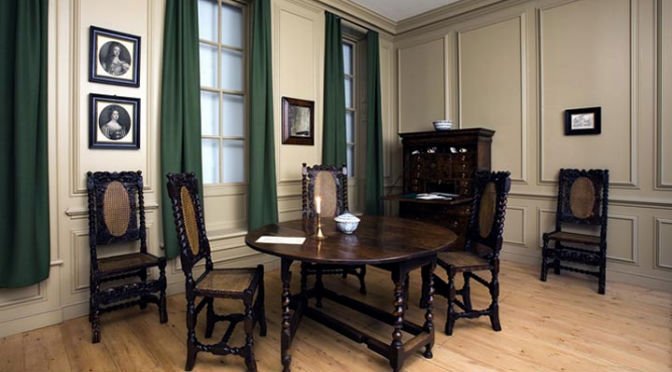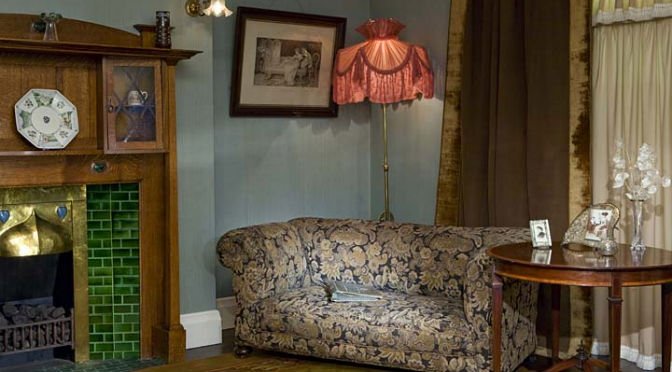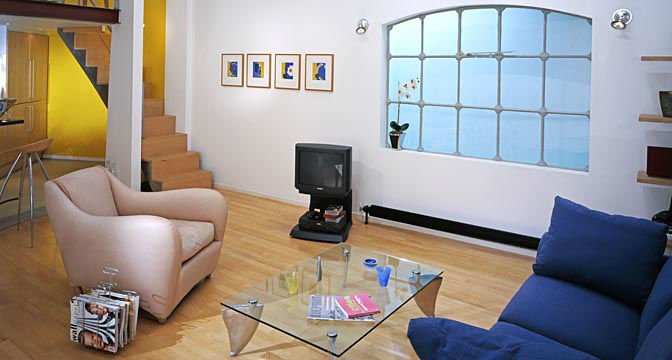Furnishing fabrics underwent great changes: in the seventeenth century the windows had a single curtain, usually in yes, typically English wool fabric, very thick green, and tablecloths were used on the tables, while the upholstered chairs were covered in leather, embroidery or a "Turkish" worked woolen fabric, because it had motifs similar to those of Turkish carpets.
In the eighteenth century, however, it was preferred to cover precious fabrics, to be shown only on special occasions, with resistant linings, usually with a checked weave. The curtains on the windows they became two, of wool, red or green, but towards the end of the century there was a return to the single tent, of wool, cotton mixed with linen or, for the richest, damask silk, and often with blue and white stripes.
The 19th century, on the other hand, saw the invention of chemical dyes and much more vibrant colors for wallpaper and fabrics. The birth of printed cotton, chintz, spread linings and curtains with floral motifs on a light background, but this, as the paintings prove, was also the century of red velvet furnishings.
And if in the 1930s the colors of interior fabrics were soft, with none or only a simple texture, from the 1960s twentieth century tapestry patterns became extravagant and brightly colored. But from the eighties, carpets and curtains began to disappear.
And the museo Geffrye managed to sum up all of this, and so much more.





